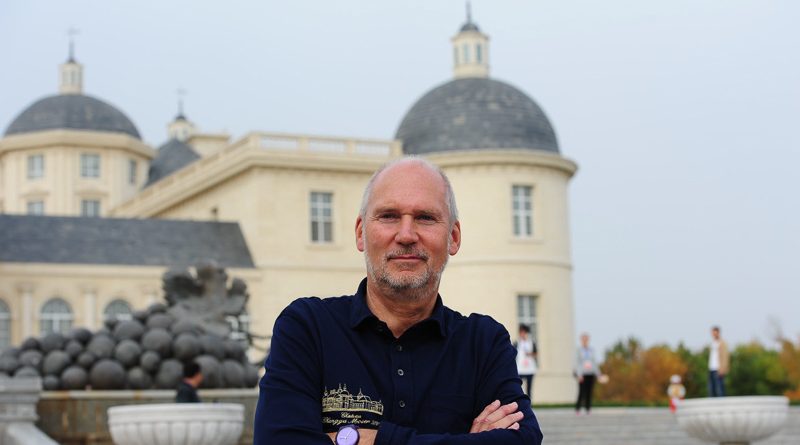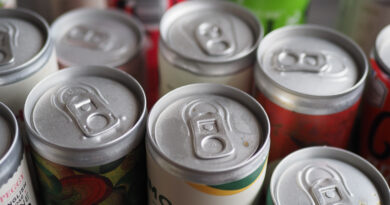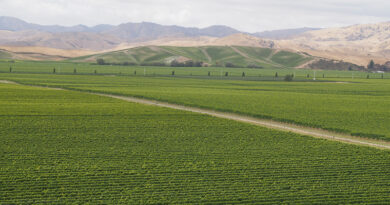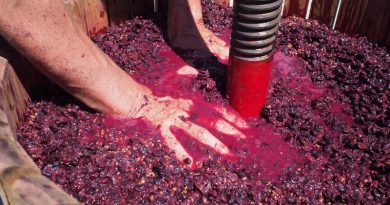Lenz Moser and his Chinese dream: Changyu Moser XV
Isolation means no travel, but thanks to Zoom, Instagram and various other video-capable apps, that doesn’t stop wine journalists like me from doing interviews. This week I caught up with Lenz Moser to talk about, and taste through, some of the wines from his Changyu Moser collaboration.
I last interviewed Moser 13 years ago (you can read this and get more of his story here), but things have changed a bit since. He started out with his family company, well known Austrian winery Lenz Moser, then when this was sold during the wine crisis in Austria, he moved to work for Mondavi in Europe. This finished when Mondavi was bought, and so he launched his own Grüner Veltliner brand, Laurenz V, which he then sold ten years later, and is now focused on China.
Moser first visited China in August 2005. ‘Immediately I fell in love with the country,’ he says. It was a 10 day trip, visiting a winery a day, and his favourite was Changyu. ‘I have stayed with these guys ever since.’
The reason for the trip was to convince one of the Chinese wine producers to form an import division and sell his Austrian Grüners. Changyu bit, and sold his wines for 10 years, while he helped sell theirs internationally. They stopped because the white wine boom hadn’t happened and they found themselves sitting on stock.
‘The same year they stopped with my Grüners, I sold the Güner business in order to concentrate on the Château business with them.’ Changyu is the biggest wine producer in China, and also the biggest in brandy, with overall sales of both totalling 750 million dollars. But this collaboration with Moser, a smaller Château in the Ningxia wine region, is much smaller. Called Changyu Moser XV, it is now his main project, covering around 60% of his time, and a lot of his energy. ‘You have to be very focused to this,’ he says. ‘In essence, we are putting China on the map. There are very few others. Our focus and purpose is first to put China on the map, and also to bring Changyu to the quality consumer around the world.’
Moser spent 10 years working on a marketing and PR contract with Changyu, but he struggled with the wines. ‘I was promoting something that I was not really behind.’ Five years ago, he got on a conference call with the CEO and the marketing director of Changyu and finally told them that the wines weren’t good enough and were too expensive. Changyu said to him, you are a winemaker, so why don’t you make your own wine at the Château? So he did, and Changyu Moser XV was born.
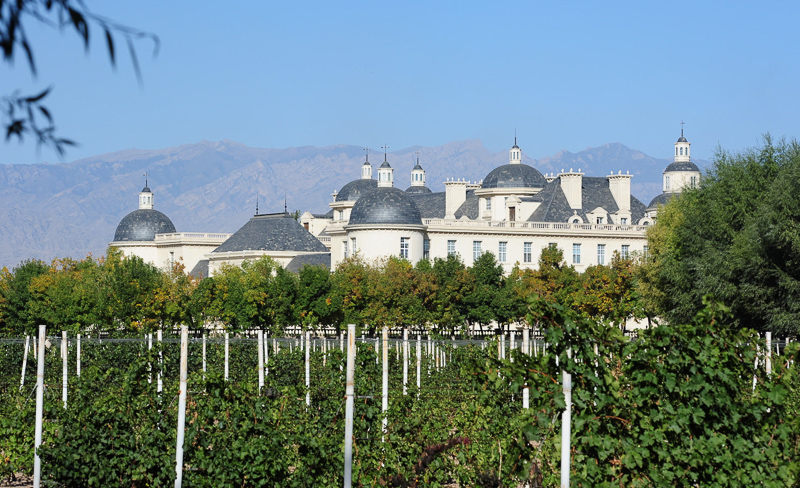
What were the wines like then? ‘They were a different world,’ says Moser. ‘They were much lighter. The top wines had maximum 12.5% alcohol. They were very acidic and herbaceous. They weren’t harmonious or complex.’
For the first vintage, Moser analysed the situation prior to the harvest in 2015 for about three weeks. He found out that China frequently harvested too early because the Moon Festival was the end of the harvest. Sometimes the timing was favourable, and the festival was late, but often it was too early. ‘The wines were harvested with low alcohol, no sugar and no tannin ripeness, and with horrendous acidity.’ He postponed the vintage by about two weeks and the consequence was round, rich, full wines. ‘This was the game changer,’ says Moser.
I asked Moser what the vineyards are like: I’ve never been to Ningxia. ‘You rub salt into the wound,’ he replies. ‘If there’s anything weak at the moment in Ningxia, it is the vineyards. A lot of the winemakers in China love to make wine. It’s chic to be a winemaker, but it’s not so hip to be a vineyard manager.’ They have a new vineyard manager, Mr Zhou. ‘He’s done miracles, and as a result 2019 was the best Chinese vintage I’ve done.’
The vineyards have wide spacing: there needs to be enough space to go through with a tractor, and also enough space to bury the vines in winter. To bury the vines, they have to bend the trunks to get them low enough. So they grow the vines at 45 degrees so there is no breakage. They prune after the harvest, and unbury in the first week of April. This is the only downside of growing grapes here, because the growing season is perfect, and it is a desert climate with hardly any rain. Soils are sandy loams.
This video shows the unburying process in March at Changyu Moser XV:
There are about three estates already certified organic in Ningxia. ‘For me, organic is not enough,’ says Moser. ‘My grandfather was the first one to introduce biodynamics in 1978, so I am a child of this thinking. We would have started introducing biodynamics this year, but it has been tough [because of the travel restrictions].’ He intends to go biodynamic in the next couple of years.
Another challenge is getting physiological ripeness without too much sugar ripeness – some of the wines weigh in at 15% alcohol, although in 2019 Moser says they managed to get ripe grapes at 14% potential alcohol. ‘This is perfect.’
Everything is Cabernet Sauvignon, except for a few hectares of Merlot and Shiraz. ‘The beauty of Ningxia is the small berries,’ says Moser. He says they are the smallest they have ever seen, and they get thick skins, too. The dominance of Cabernet Sauvignon goes back to the 1990s. ‘About 80% of the entire vineyard land is Cabernet Sauvignon, then there’s 10% of Cabernet Gernischt (most is virused), and the rest is a bit of Chardonnay, Riesling and other whites.’
So to make white wine, he used Cabernet Sauvignon and avoided any skin contact. He describes it as a white wine with the soul of a red wine, which has been a successful marketing line.
China has been through a tough time with wine. ‘Even imports have started slowing down dramatically. Last year (2019) we had a double digit drop in domestic production and consumption, and also in imports,’ says Moser. ‘The China wine industry, with very few exceptions – Changyu is one of them – did not produce wines with a good price-quality ratio. Hence, when China joined to WTO in 2002, imports came in and people sent quality wines in at low prices. But then people sent not-so-great wines to China, and the consumer got this. The consumer in China is not in love with the quality they are being offered. And Baiju is outspending and out manoeuvring the wine industry.’
Moser says that Baiju has a much bigger marketing budget than wine. ‘Baiju is 80 billion dollars in China and wine is 8 billion. And Baiju doesn’t cost as much to make, and sells at higher prices.’
Moser and Changyu have just embarked on their second five year plan. ‘This will be an experimental phase,’ he says. ‘Don’t ask me where we will end up. But I will try to keep the style intact, because it is working, but I will be playing with different winemaking methods.’ He says that he had his assistant winemaker on WeChat that morning. ‘She is researching “lazy” yeast that give us lower alcohol levels.’
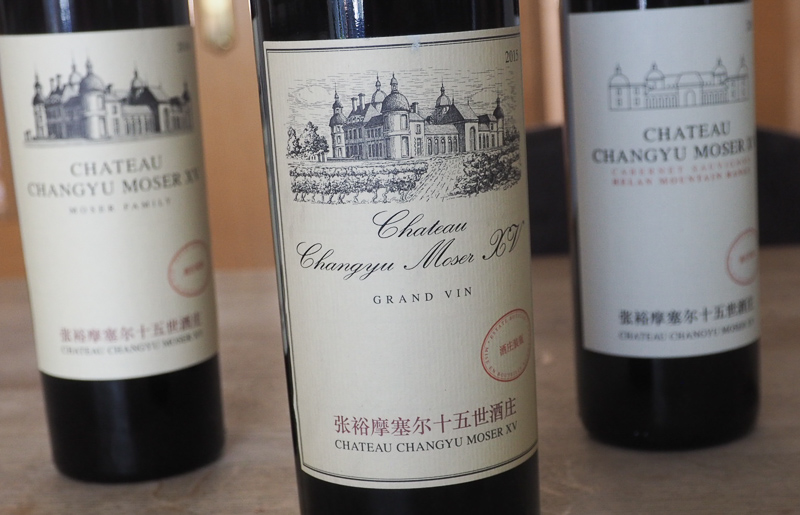
THE WINES
Château Changyu Moser XV Cabernet Sauvignon Blanc de Noir 2017 Ninxia, China
This is the first vintage of this wine, which has been a great success. 14% alcohol. Fermented and aged in new French barriques. Yellow/gold in colour. This is bold and richly textured with spice, nuts, honey and rounded peachy fruit. There’s a warmth and richness here, with ripe fruit and new oak integrated well. Has a soft, broad imprint on the palate. 88/100
Château Changyu Moser XV Cabernet Sauvignon Blanc de Noir Helan Mountain Range 2018 Ningxia, China
13.5% alcohol. This is an orange/pink in colour. It’s smooth and rounded with rich pear and peach notes, a touch of cherry, and a refined spicy quality. A boldly textured, rich, ripe rosé with a warmth on the finish. 88/100
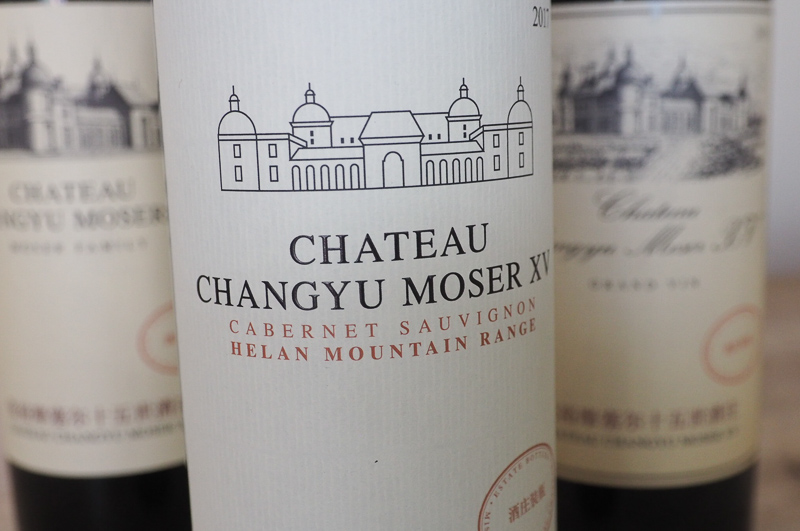
Château Changyu Moser XV Cabernet Sauvignon Helan Mountain Range 2017 Ningxia, China
14.5% alcohol. Unoaked. This is leafy green and fresh with a juicy berry and blackcurrant fruit core, with some fruit sweetness, and also some tannic grip and noticeable green notes. It’s fleshy and appealing. Good drinking wine, but the bits don’t work together completely, with the overripe, jammy fruit notes and the underripe green notes clashing somewhat. Still, it’s quite tasty. 87/100 (UK retail £12)
Château Changyu Moser Moser Family XV 2016 Ningxia, China
14.5% alcohol. This is nicely poised with a gravelly edge to the sleek blackberry and blackcurrant fruit. It’s ripe and nicely polished, but there’s a bit of structure and some attractive chalk and gravel notes in the background. Has some grip on the finish, which is quite dry. Stylish stuff. 91/100 (UK retail £25)
Château Changyu Moser XV Grand Vin 2015 Ningxia, China
15% alcohol. Sweet, brooding nose with notes of tar, dried herbs and some earthy development. In the palate this is concentrated and ripe, with sweet, lush fruit and a savoury, gravelly edge, with some tar and spice. The alcohol adds warmth and sweetness, and the finish is quite dry. A substantial wine with a warmth and sweetness on the finish, showing some evolution. Heading in the right direction, but the alcohol is noticeable. 91/100 (UK retail £65)
Find these wines with wine-searcher.com

